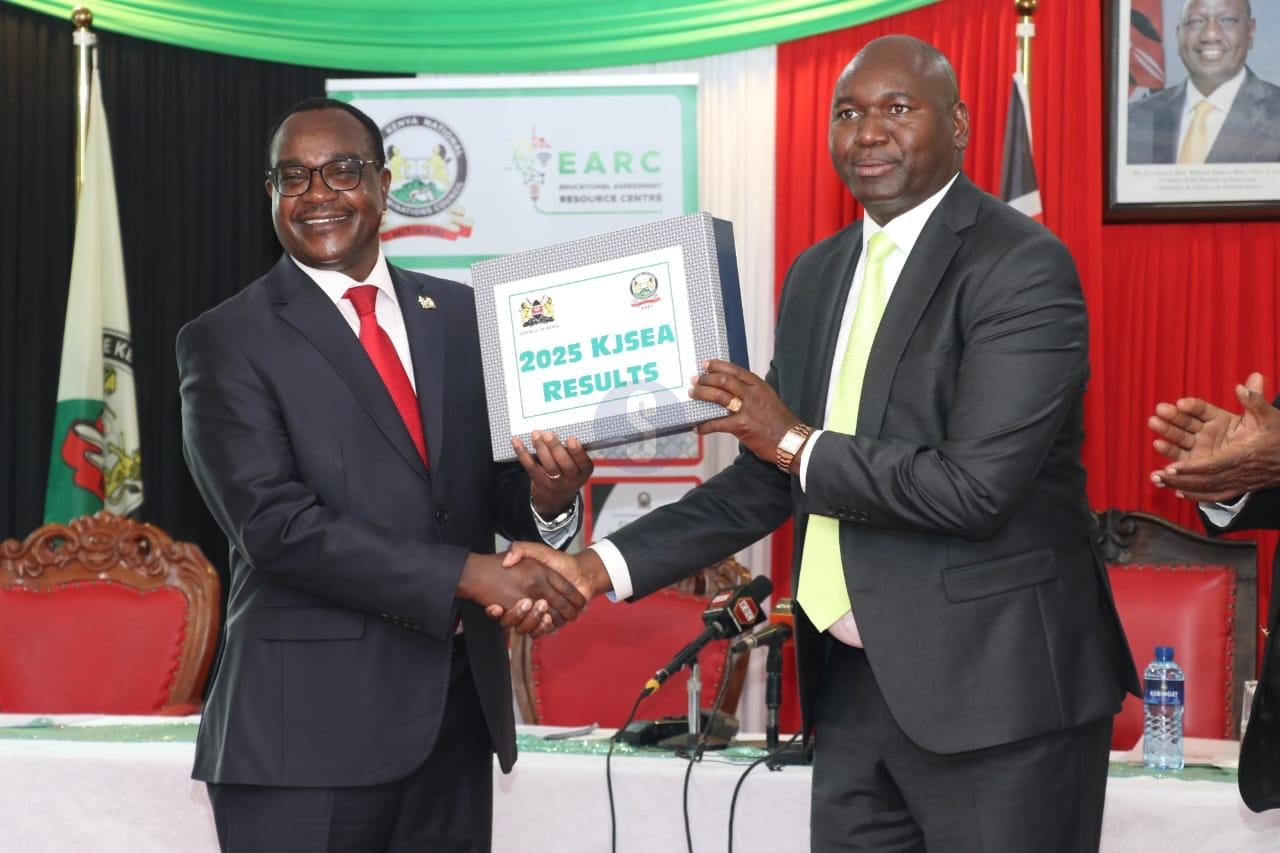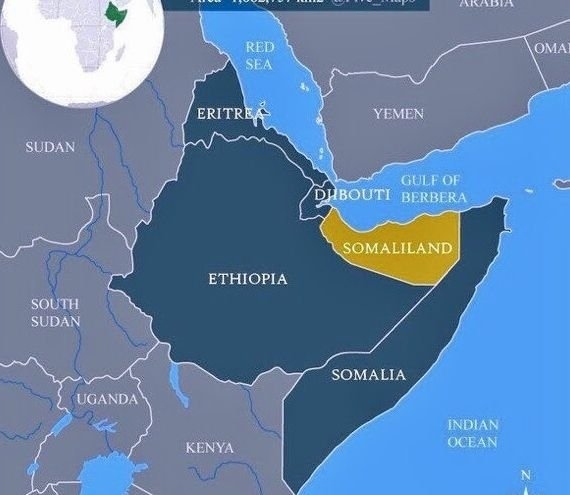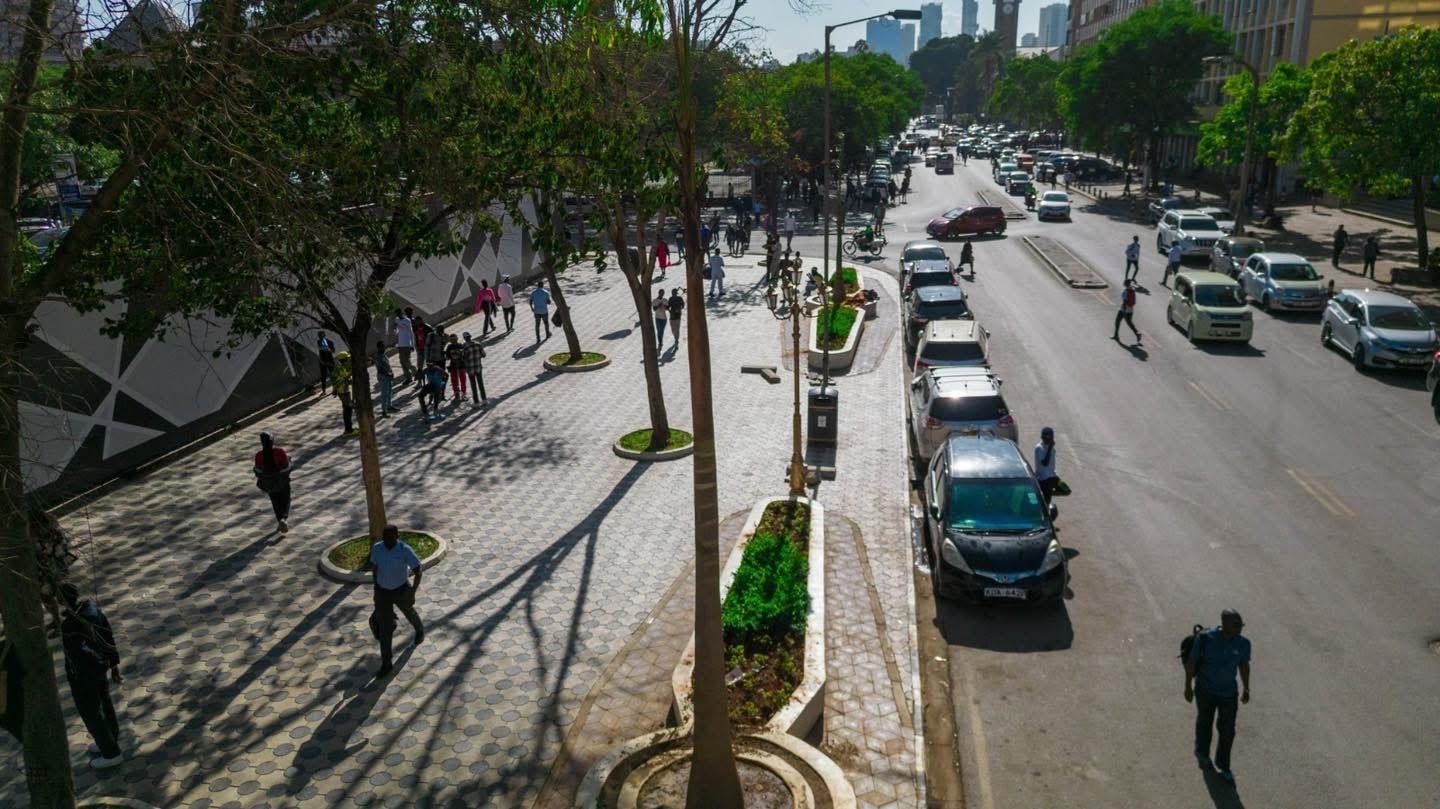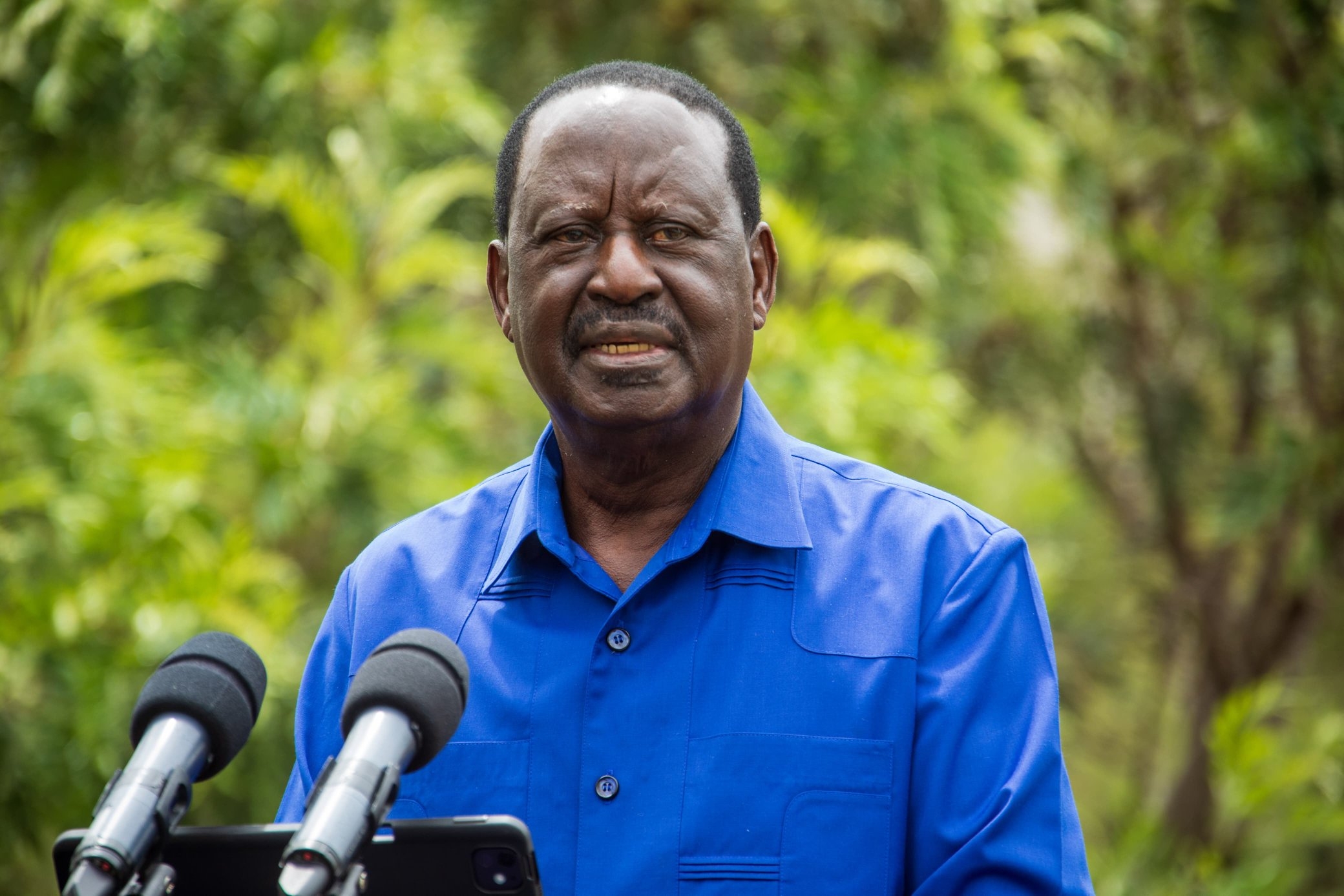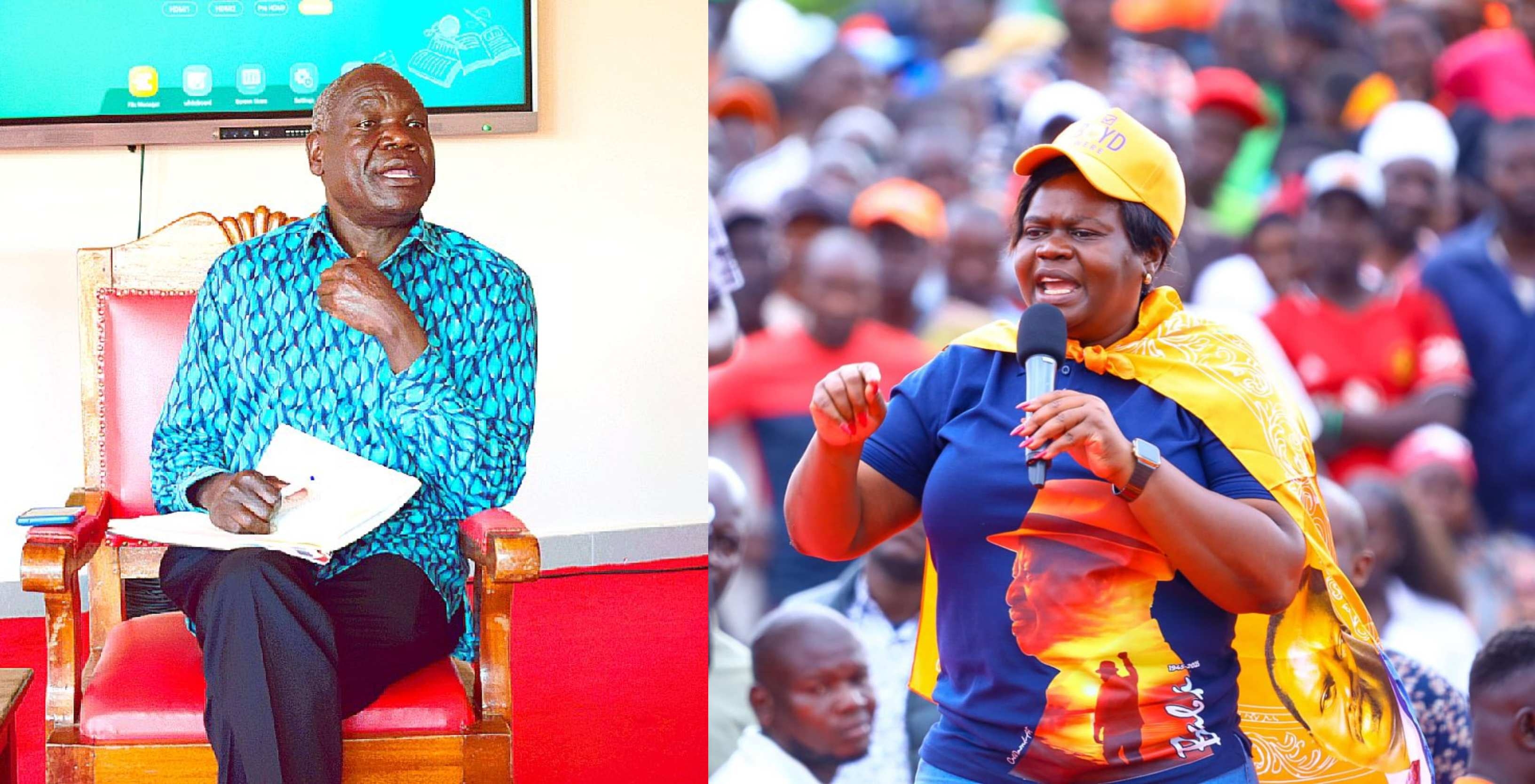
As a social consciousness theorist, I
urge the shareholders of the Nairobi Securities Exchange to embrace a bold
reform: lower the Growth Enterprise Market Segment capitalisation threshold
from Sh10 million to Sh3 million.
My critique, rooted in equity and economic justice, stems from GEMS’ failure to ignite Small and Medium Enterprises, listing only five firms since 2013. This high bar stifles Kenya’s 7.4 million SMEs, the backbone of 80-86 per cent of jobs and 24-34 per cent of GDP. A Sh3 million threshold could spark 100 listings, boost GDP by Sh60 billion, empower Gen Z and double the Sh2 billion market cap. Here’s why, with critiques, counters and mitigations, reflecting my vision for an inclusive Kenya.
GEMS’ Sh10 million requirement is a gatekeeper, excluding 98 per cent of SMEs—micro-enterprises earning Sh300,000-600,000 yearly according to the Kenya Kwanza Plan. Listing costs (Sh5-10 million) dwarf their budgets, and only 33,300 SMEs meet this bar, with a mere 333 ready and willing.
My observations of SMEs—hawkers scaling to shops—confirm they operate on cash, not equity, a reality GEMS ignores. I have critiqued such systemic barriers in another article, noting: “CBC’s chaotic implementation reflects a system prioritising expediency.” GEMS mirrors this, sidelining SMEs driving Kenya’s economy.
Lowering to Sh3 million aligns with SME realities. Data suggests 77,700 formal SMEs could reach this, a 133 per cent pool increase. Filtering for readiness (two per cent) and willingness (50 per cent), 777 are viable, enabling a 100-SME pilot—20 times GEMS’ record.
This could raise Sh500 million to Sh1 billion, fuelling growth in agri-tech and fintech. Formalising 100 SMEs could inspire 1,000, adding Sh60 billion to GDP (one per cent of Sh6 trillion potential, per Kenya Kwanza), advancing Vision 2030’s Sh20 trillion goal.
Gen Z, over 20 per cent of Kenya’s 54 million population, faces 5.7 per cent unemployment. A Sh3 million GEMS opens doors for their startups—think app developers or urban farmers—creating 500-1,000 jobs via 50 ventures. Unlike debt’s burden (Hustler Fund’s eight per cent), equity empowers ownership, aligning with my views against toxic leadership stifling youth. Their success diversifies the NSE, easing Safaricom’s 46.3 per cent grip and inspiring Gen Z to invest.
Critics may argue smaller firms risk failure, deter investors or dilute GEMS’ purpose. I counter: 70 per cent of SMEs fail regardless, but equity reduces this. I make reference to India’s BSE SME: 400+ listings at Sh15 million.
Market makers or liquidity providers (Sh100-150 million yearly) ensure liquidity, as Malaysia’s LEAP Market shows with 50 listings.
GEMS’ zero MIMS (Main Investment Market Segment) transitions prove Sh10 million is not working; Sh3 million creates a pipeline—10-20 firms could hit Sh50 million in five to 10 years.
Mitigations include stricter Nomad oversight, a Sh1 billion Investor Protection Fund and clear graduation criteria (Sh20 million capital).
Costs concern the NSE, with its Sh630-650 million budget stretched by a Sh1.5-2.4 billion SME Exchange setup. A 100-SME pilot at Sh3 million drops this to Sh850 million - 1.5 billion, funded by NSE reserves (Sh400 million), government (Sh300 million), private sector (Sh300 million) and DFIs (Development Finance Institutions) contributing Sh200 million. Annual costs (Sh390-620 million) align with revenue from 100 listings (Sh30-100 million).
GEMS’ failure isn’t cost—it’s demand, which Sh3 million unlocks.
To NSE shareholders, this is economic justice. Approve a Sh850 million pilot, subsidise 100 SMEs, and deploy market makers. In five years, GDP grows, Gen Z thrives and your stake doubles. End the nine-year IPO drought—vote for progress, for Kenya’s future.


